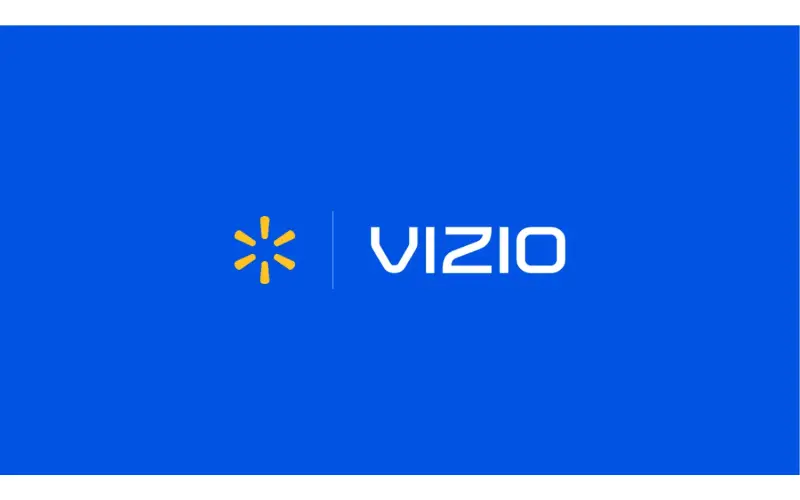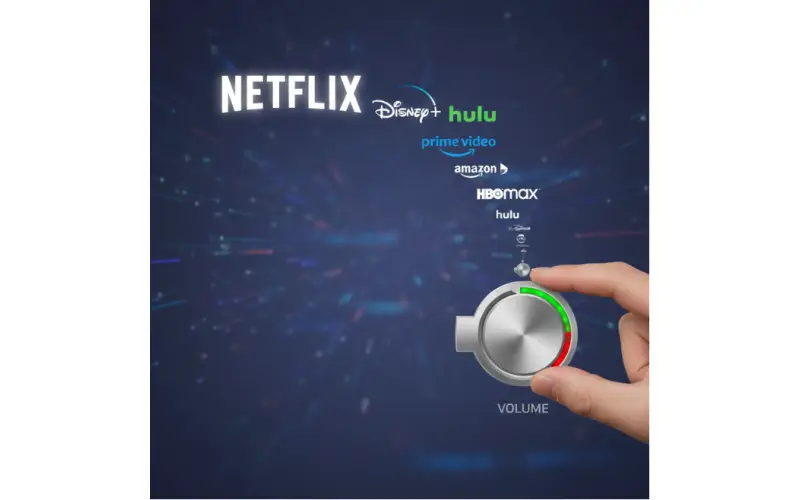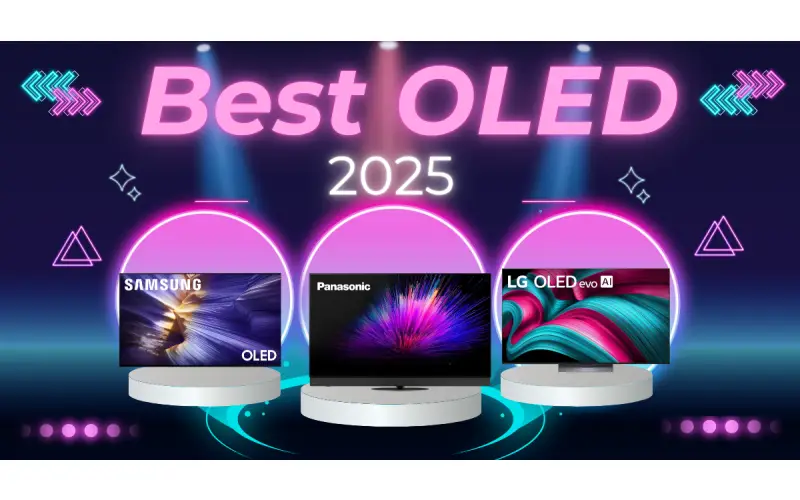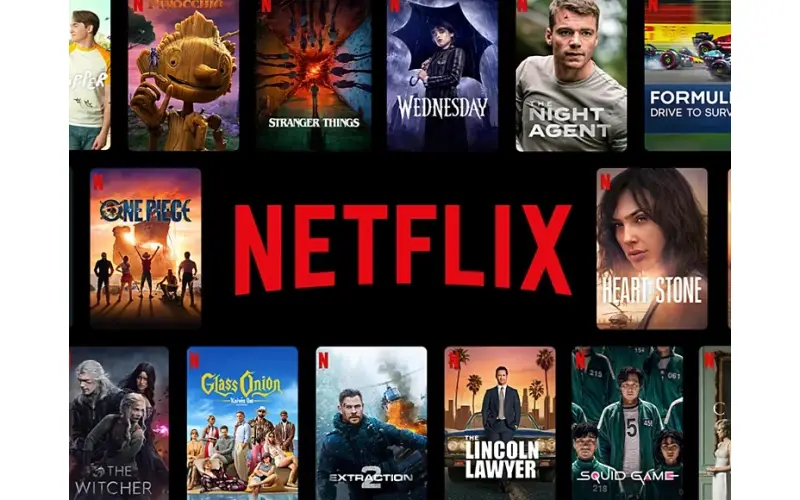By: Dipin Sehdev
On December 3rd, 2024, Walmart completed its acquisition of Vizio for a cool $2.3 billion. While the official press releases paint a rosy picture of "enhanced customer experiences," tech watchers are raising a wary eyebrow at this move. Here's why this deal might be a bigger deal for advertisers than for you, the consumer.
Vizio: A Budget TV Powerhouse, Fueled by Ads
Vizio has carved a niche in the TV market by offering decent quality TVs at competitive prices. But here's the not-so-secret secret: a significant chunk of Vizio's profits comes from advertising, not hardware sales. Vizio's SmartCast platform heavily pushes ad-supported streaming services like WatchFree+. The FTC even slapped Vizio with a $2.2 million fine in 2017 for collecting and selling user data without permission.
Walmart's Ad Ambitions
Walmart isn't exactly shy about its desire to become a major player in the advertising space. Its Walmart Connect platform aims to leverage customer data for targeted advertising across its online and in-store channels. The Vizio acquisition gives Walmart a massive new data source: 19 million active accounts, just waiting to be bombarded with targeted ads.
A Glimpse into the Future of En"shittification"
Remember the frustration of ever-increasing ads on Roku TVs? Last year, Roku raked in a staggering $908 million from advertising and subscriptions. This deal signals a troubling trend: budget-friendly TVs becoming even more ad-infused. Don't be surprised if the number of ads on Vizio TVs, both in stores and living rooms, skyrockets in the near future.
While Walmart assures us that Vizio will operate "independently" for now, the future remains uncertain. Will Vizio TVs become gateways for intrusive, Walmart-curated ads? Will content become secondary to advertising opportunities? These are valid concerns, especially considering Vizio's past with data privacy.
The Competitive Landscape Heats Up
This move by Walmart isn't happening in a vacuum. Competitors like Amazon (with its Fire TVs) and Telly (offering free TVs in exchange for constant ads) are already vying for a piece of the ad-supported TV pie. The Trade Desk is even entering the fray with a new ad platform for Sonos sound systems.
So, What Now?
The long-term impact of this acquisition remains to be seen. Here's what you, the consumer, can do:
- Be aware: Stay informed about changes to Vizio's ad practices and policies.
- Consider alternatives: Explore TVs with less intrusive advertising models.
- Invest in ad-blocking tools: Consider using ad-blocking software or hardware to mitigate the ad onslaught.
This multi-billion dollar deal might not be the boon for consumers that Walmart is portraying. It's a clear sign that the battle for your eyeballs (and the data they generate) is intensifying. As a tech-savvy consumer, it's crucial to be aware of these trends and make informed choices to protect your privacy and viewing experience.





